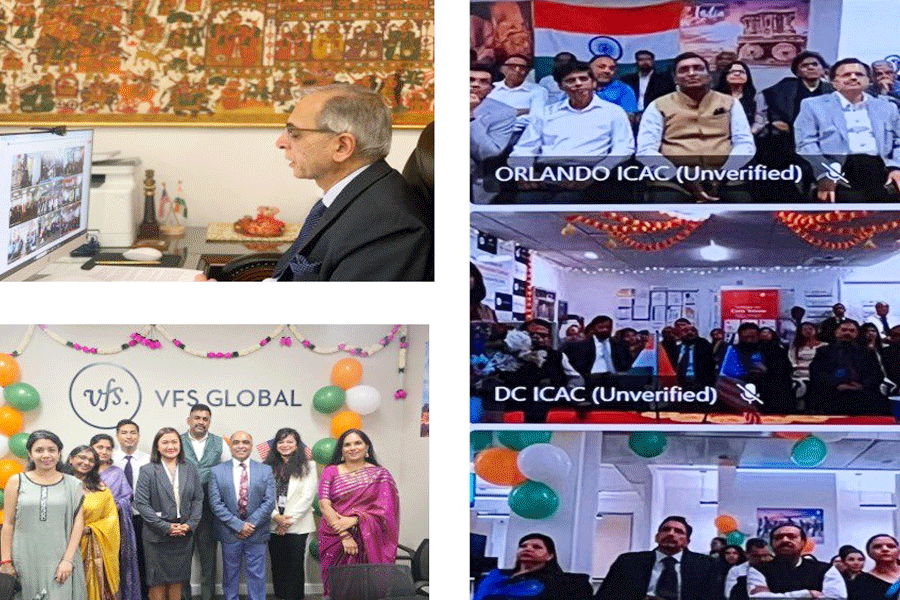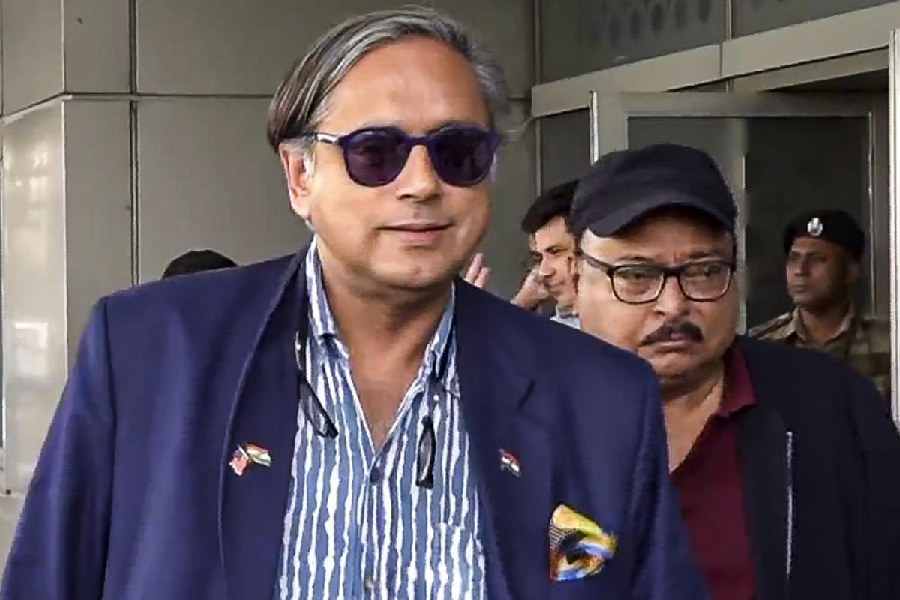 |
| The population of Scheduled Tribes in eight districts in the state is less or negligible |
This is the fifth part of the high court ruling delivered by then Chief Justice Altamas Kabir and Justice S.J. Mukhopadhyay while disposing a batch of petitions challenging the panchayat polls in the state.
So far as issuance of writ of mandamus to the respondents to re-demarcate the Panchayat areas, taking into consideration the geographical status, population of the inhabitants, classification and other factors, is concerned, no specific direction can be given, the power to declare any area as scheduled area being vested with President of India, who may issue order, in exercise of power, conferred by sub-paragraphs (i) and (ii) of paragraph 6 to the Fifth Schedule of the Constitution of India. These areas are treated differently from the other areas of the country because they are inhabited by aboriginals, who are socially and economically backward.
To improve their condition, special efforts need to be made. Therefore, instead of applying the general law, power has been vested with the governor of the state to direct, by public notification, that any particular act of parliament or state legislature of the state shall not apply to the scheduled areas or any part thereof in the state, or shall apply to the scheduled areas or any part thereof in the state, subject to such exceptions and modifications, as he may specify in the notification. The central government can give direction to the state regarding the administration of such areas, it having greater responsibility for these areas. Generally, the scheduled area is determined on the basis of tribal population in a particular village/hamlet or block or pargana or district. Scheduled areas are expected to have majority of tribal population, contiguity etc. Even if in course of time, on account of influx of non-scheduled tribe population in a few scheduled areas, the status of the scheduled tribes population has been reduced to a minority, that should not be regarded to have altered overall the character of the scheduled areas.
Tribal minority
Much stress was given by one or the other counsel to suggest that there are panchayats or blocks where although the population of Scheduled Tribes is negligible, they have been declared as scheduled areas. Though such general submission was made, no detailed data was produced. Therefore, it is not possible for this court to give any finding in one or other way with regard to individual panchayat or block or district as to whether they have been rightly included in the scheduled areas or not.
 |
In spite of the aforesaid fact, with a view to have some idea of the scheduled areas, this court has noticed the data as shown in one of the books Land and People of Jharkhand written by Dr Prakash Chandra Oraon as published in 1961, revised and enlarged edition 2003. The court has also gone through another book Inside Jharkhand by Dr Sunil Kumar Singh (Crown Publication), first edition, 2005. From the aforesaid books, the following facts emerged.
The tribal population of Jharkhand is 70,8,7068 (2001 census). The tribas living in Jharkhand are Santhal, Oraon, Munda, Ho, Lohra, Kharwar, Kharia, Bhumij, Mahali, Mal-paharia, Bedia, Gond, Chero, Chik-Baraik, Sauriy-Paharia, Karmali, Koras, Pahariya, Kisan, Korwa, Binjhia, Asur, Gorait, Birhor, Birjiya, Baigis, Sawar, Bathudi, Khond and Banjara.
Jharkhand has 26.3 per cent tribal population and 11.8 per cent Scheduled Caste per cent (Census, 2001). (See chart on top for the district-wise population of ST and its percentage as per 1991 census.)
The Scheduled Areas (States of Chhattisgarh, Jharkhand and Madhya Pradesh) Order, 2003, shows that only blocks of certain districts, altogether 14 districts in all, have been declared as scheduled areas. From the said order, it will be evident that the population of Scheduled Tribes in eight districts of Dhanbad, Koderma, Giridih, Hazaribagh, Deoghar, Chatra, Bokaro and Palamau being less or negligible, none of these districts nor any of the blocks of these districts has been declared as scheduled areas.
Out of 14 districts, blocks of which have been declared as scheduled areas, in the district of Garhwa, only one block has been declared scheduled area and rest of the blocks have not been declared scheduled areas, population of Scheduled Tribes being less or negligible. Similarly, only two blocks of Godda district, four blocks of Jamtara district and six blocks each in the districts of Dumka and Pakur have been declared as scheduled areas. Rest of the blocks of these districts such as Garhwa, Dumka, Jamtara, Pakur and Godda have not been declared as scheduled areas, population of Schedule Tribes being less or negligible in other blocks. Therefore, it cannot be stated that the Schedule Areas (States of Chhattisgarh, Jharkhand and Madhya Pradesh) Order, 2003, is not based on the data of Scheduled Tribe population.
Silli block in Ranchi district has been cited as one of the examples. It was submitted that though the population of Schedule Tribes is negligible in Silli block, it has been included in the scheduled area and the seats of chairpersons have been reserved.
From the 1991 census report , it cannot be stated that the population of Scheduled Tribes in Silli block is negligible, which is 26.66 per cent.
 |
Though it appears that in some of the blocks like Mandar, Chanho and Namkom the population of STs is less than 5 per cent, but in view of the total population (43.56%) of the Scheduled Tribes in Ranchi district, if one or other block has also been included within the scheduled areas for the purposes of contiguous blocks, it cannot be held to be illegal though it is always open to the Governor of the state to report to the President of India for exclusion of one or other block from the scheduled area.
In view of the aforesaid findings, no relief can be granted to the petitioner of W.P(PIL) No. 2133 of 2002.
Prayer of the petitioner in the present writ application is, accordingly rejected.










